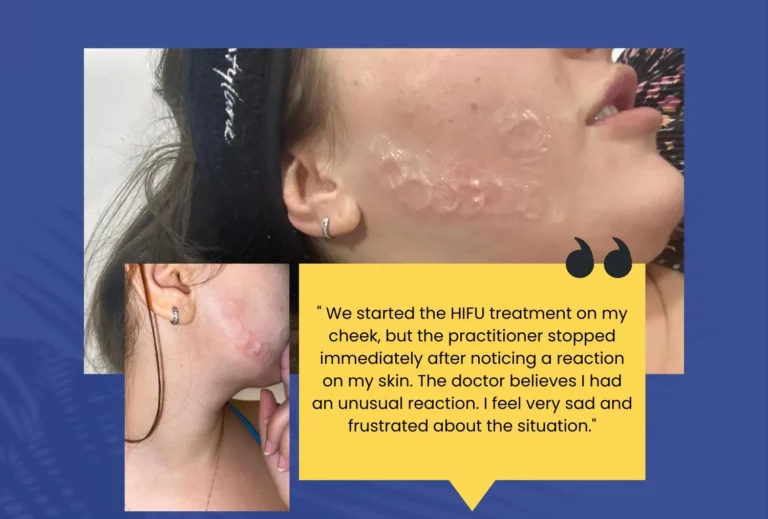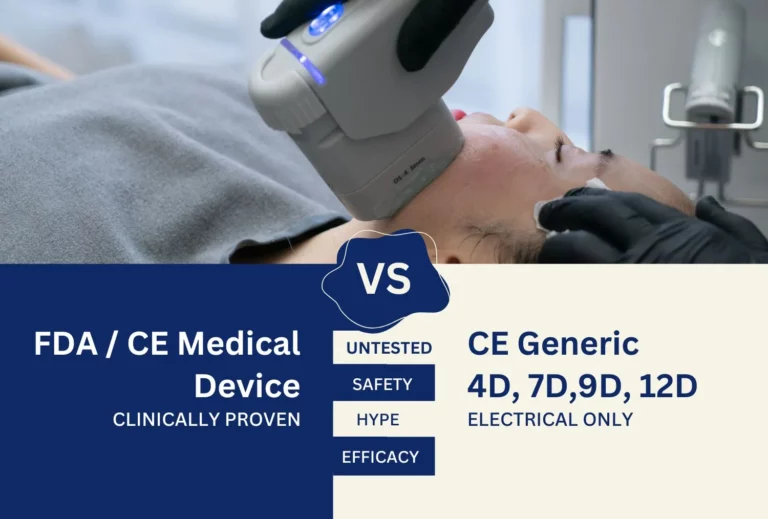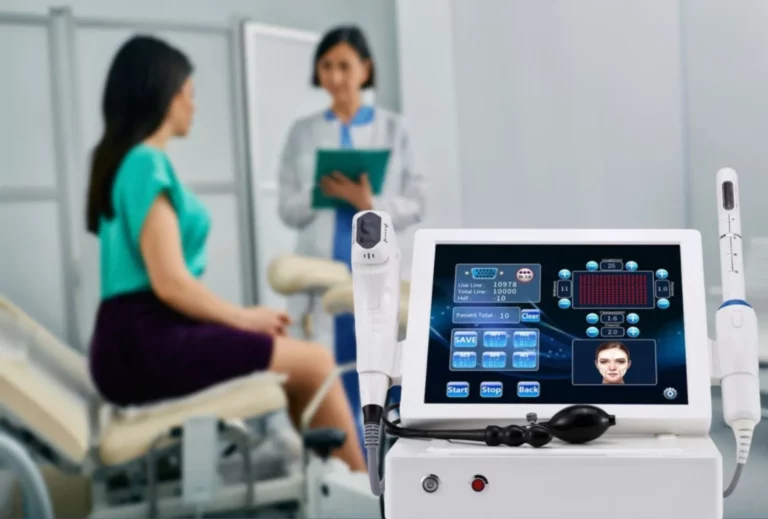From budget to premium class
The global market for HIFU equipment is characterized by significant regional segmentation, which directly influences the pricing, technological focus and clinical focus of the products. The market is divided between therapeutic HIFU systems and aesthetic HIFU devicesEach region has adopted a different strategy – from mass production of affordable aesthetic systems to the development of ultra-precise medical equipment. This specialization is the main reason for the huge price differences of HIFU devices around the world.
China: Volume market, OEM/ODM and low cost
China is the main global supplier of HIFU machines, dominating the aesthetic device segment through a strategy focused on volume, diversity and accessibility.
Logic of the low price of HIFU devices from Chinese manufacturers:
1. Mass production and OEM/ODM: This is a production model in which specialized factories (such as Goodway in China) develop and manufacture HIFU devices that other brands simply brand, personalize (e.g. hardware or user interface) and sell under their own nameThis reduces R&D costs (Research & Development) and the production of a unit of product. R&D covers the activities that producers undertake to developing innovative products and improving existing technologies.
2. Marketing models: Devices are often distinguished by marketing designations such as 4D, 7D, 9D and 12D, which refer to the number of cartridges and treatment depths, which creates the impression of high functionality at a low price.
3. Lower regulatory requirements: Although many Chinese products have CE certificates, they rarely have the extensive, expensive clinical evidence required by regulators like the FDA. This market approach makes the cost of HIFU therapy in some cases close to the value of the equipment itself.
USA: Premium grade, FDA approval and clinical validation
The US (North America) market, which holds largest market share (39% in 2024), is synonymous with premium class, high prices and strict regulation.
Logic behind the high price of professional HIFU systems from the USA:
1. FDA Approval: Companies like Ulthera (Merz Aesthetics) offer Ultherapy®, which is the first and only HIFU system approved by the FDA for lifting specific areas. The process of obtaining FDA approval is expensive and lengthy, requiring over 50 clinical studies.
2. Patented technology and safety: Ultherapy uses patented ultrasound imaging that allows doctors to focus energy directly on the SMAS layer. The integration of real-time imaging technologies and security, backed by over 100 US patents, increases manufacturing cost and clinical reliability.
3. Medical focus: The American market also includes medical systems such as Liposonix (for body contouring) and Sonablate® 450 (for ablation of prostate tissue, FDA approved in 2015).
South Korea: Technological leadership, innovation and the K-Beauty trend
South Korea is a global leader in aesthetic HIFU innovations and is predicted to be the fastest growing market in the Asia-Pacific region.
Logic of the high price and profitability of Korean systems (e.g. Ultraformer MPT and Ultracel Q+ from Classys):
1. Speed and technological differentiation: New models like Ultraformer MPT are up to 2.5 times faster from the previous generation, allowing clinics to serve more patients (increased session efficiency).
2. Business model with consumables: Companies like Classys realize high profit (49.8% in 2023) through a strategic increase in the installed base (over 15,000 devices from the series Shurink (globally). This leads to significant sales of consumables (cartridges/tips) that have formed 45% of total sales of Classys in 2023. The fact that Shurink Universe reduces procedure time (300 pulses of 8–10 minutes per 2 minutes and 30 seconds), accelerates the consumption of consumables.
3. Market scope: South Korea is actively expanding its presence, Brazil and Thailand are key markets with cumulative sales. In addition, Korean manufacturers, influenced by K-Beauty trends, are leaders in the segment of home HIFU devices (Reziena Inc.), which are available at more affordable prices ($500–$1,000)
Europe and Israel: Medical Precision and MR-Targeting
This region is leading in the therapeutic segment, focused on complex medical applications.
Logic of the high price (Precision): Although prices are not public, the high cost of these systems is determined by:
1. Integration with MRI: Companies like INSIGHTEC (Israel) and Philips Sonalleve (Netherlands) are developing MR-guided HIFU (MRgHIFU) systems. MRI-targeting allows real-time visualization, providing exceptional precision and safety in tumor ablation.
2. Specialization: These systems are designed for oncology and neurology (e.g. essential tremor) where investment in R&D and regulatory approvals for vital organ treatments is extremely high.
Japan: Reliability and extensive certification
Japan, as part of the Asia-Pacific market, is distinguished by its emphasis on reliability and regulatory compliance.
ADSS (Japan) manufactures aesthetic HIFU systems (4D/7D/8D). The company is distinguished by reliable production in highly automated factories and has certificates CE, FDA and CFDAThese devices are sold in the professional price range of $5,000 to $25,000.
Conclusion: The HIFU equipment market is defined by the sharp difference between price and regulatory control. China provides volume and accessibility through its OEM/ODM model, enabling mass use of aesthetic devices. USA require highest clinical validation (FDA approval), leading to the highest prices for premium aesthetic systems. South Korea is a global leader in innovations (Ultraformer MPT), using a successful consumables business model. Europe and Israel are centers of medical HIFU technology, by developing expensive and precise MR-guided systems for the treatment of cancer and neurological diseases.



